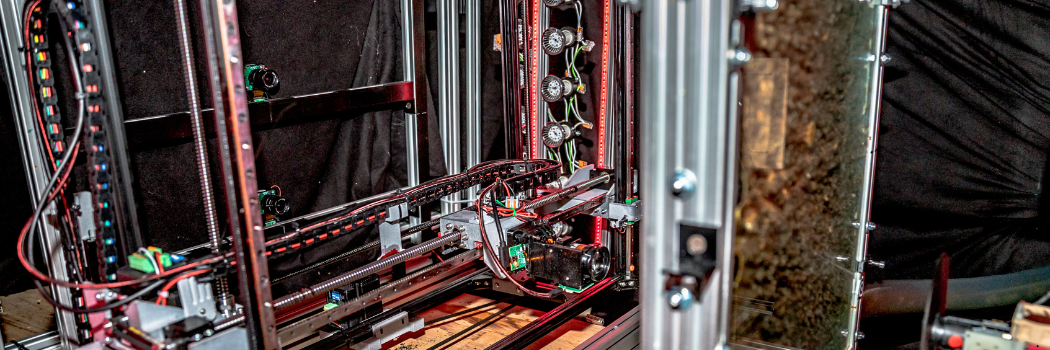
Researchers from our top-rated Computer Science department have made significant advances in understanding honeybee behaviour through the use of innovative robotic technology.
The study, published in the cover page of prestigious journal - Science Robotics, offers unprecedented insights into the daily activities of honeybee colonies, particularly focusing on the queen bee and her interactions with worker bees.
Robotic system provides continuous monitoring
The research team, led by Professor Farshad Arvin, developed a sophisticated robotic system capable of continuous, long-term observation of bee hives.
This system employs two high-resolution cameras that work autonomously, tracking the queen bee's movements and mapping the contents of the honeycomb.
This technology allows the researchers to collect data on bee behaviour 24 hours a day, seven days a week.
Researchers say this level of continuous monitoring was previously impossible to achieve.
Queen bee activity reveals surprising patterns
One of the study's key findings relates to the queen bee's activity levels.
The research shows that a queen bee travels approximately 1.5 kilometres per month within the confines of two honeycombs, each measuring about 42x33 cm.
Additionally, even during October, typically considered the waning bee season, the queen maintains an impressive egg-laying rate of about 187 eggs per day.
The research, part of the EU-funded 'RoboRoyale' project, has implications that extend beyond just understanding bee behaviour.
By gathering detailed data on population counts, breeding success, and comb contents, the study provides valuable insights that could contribute to bee conservation efforts.






